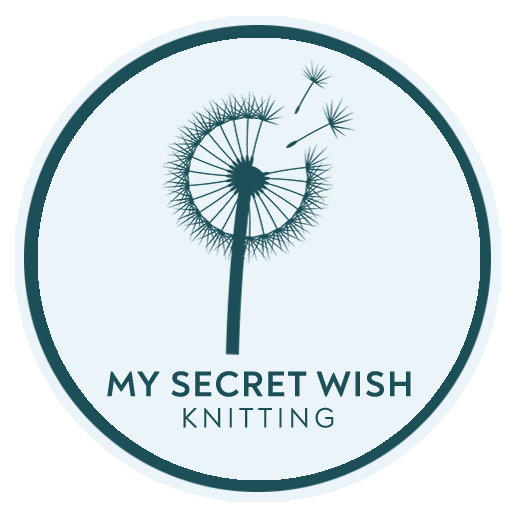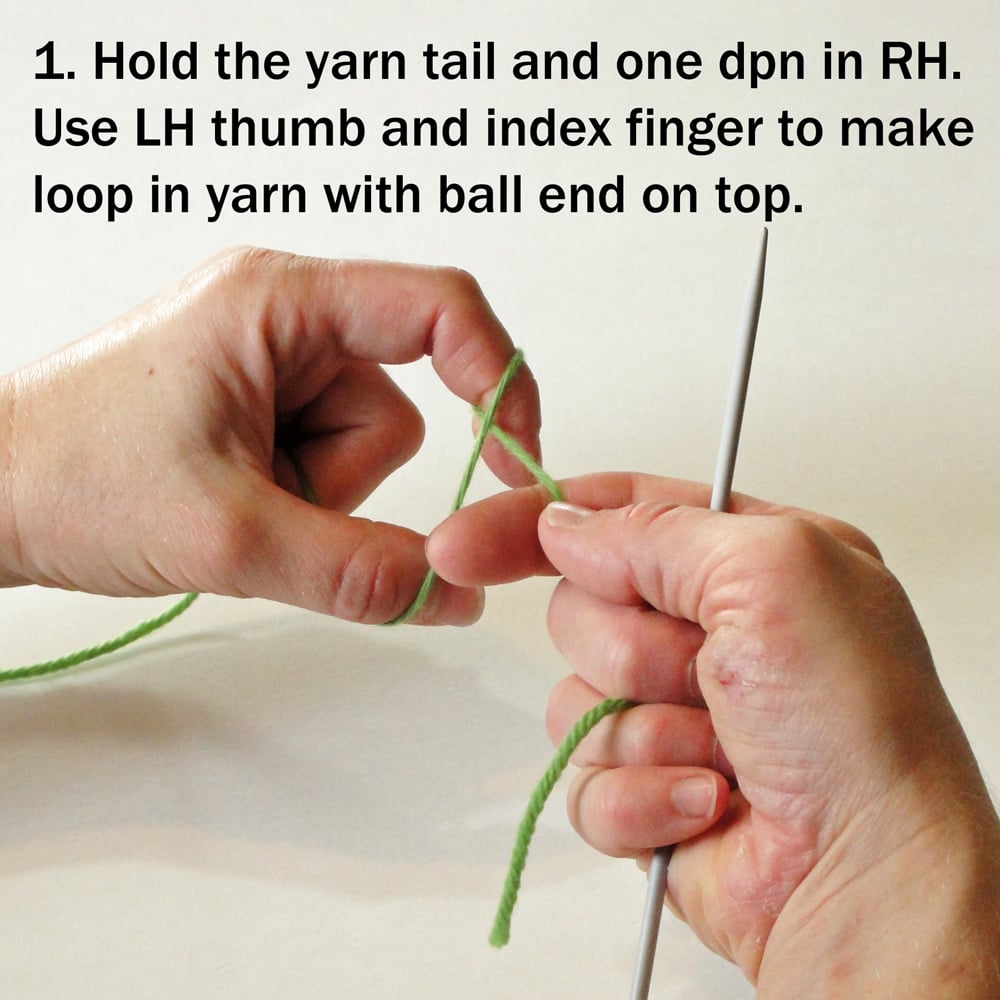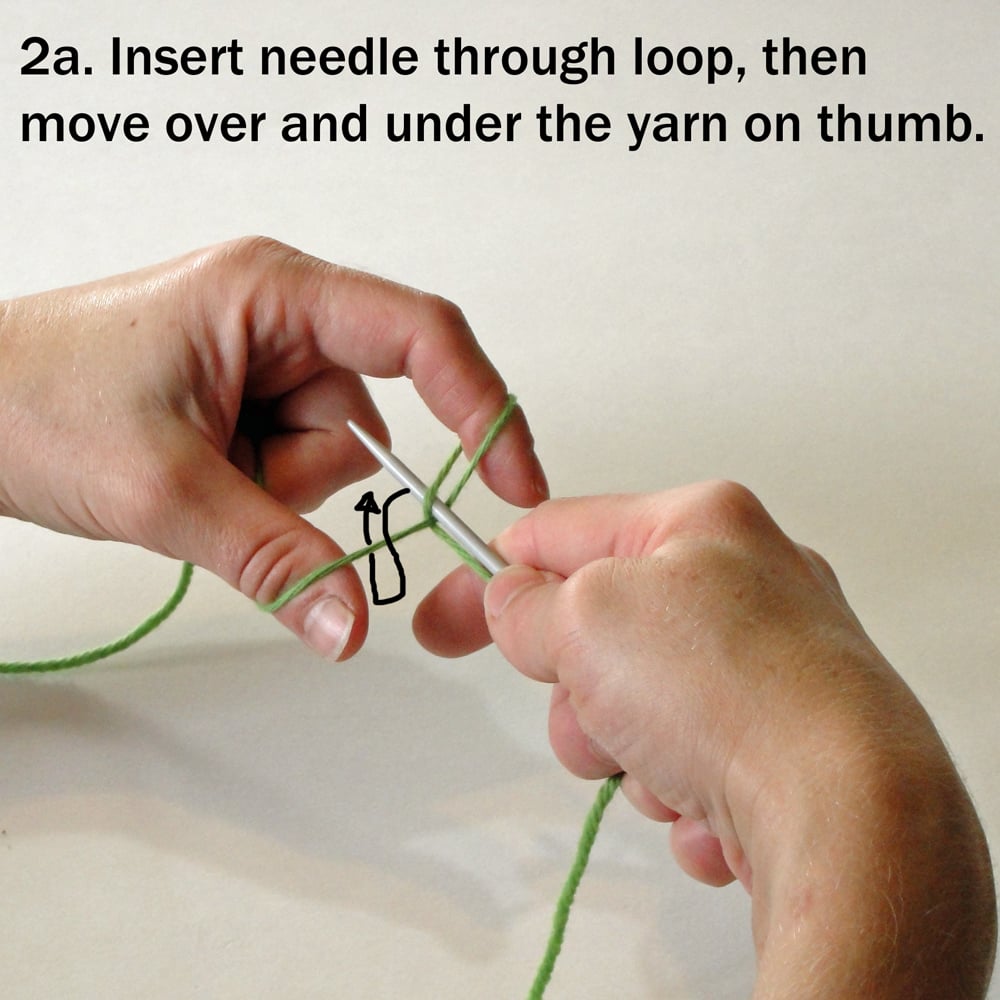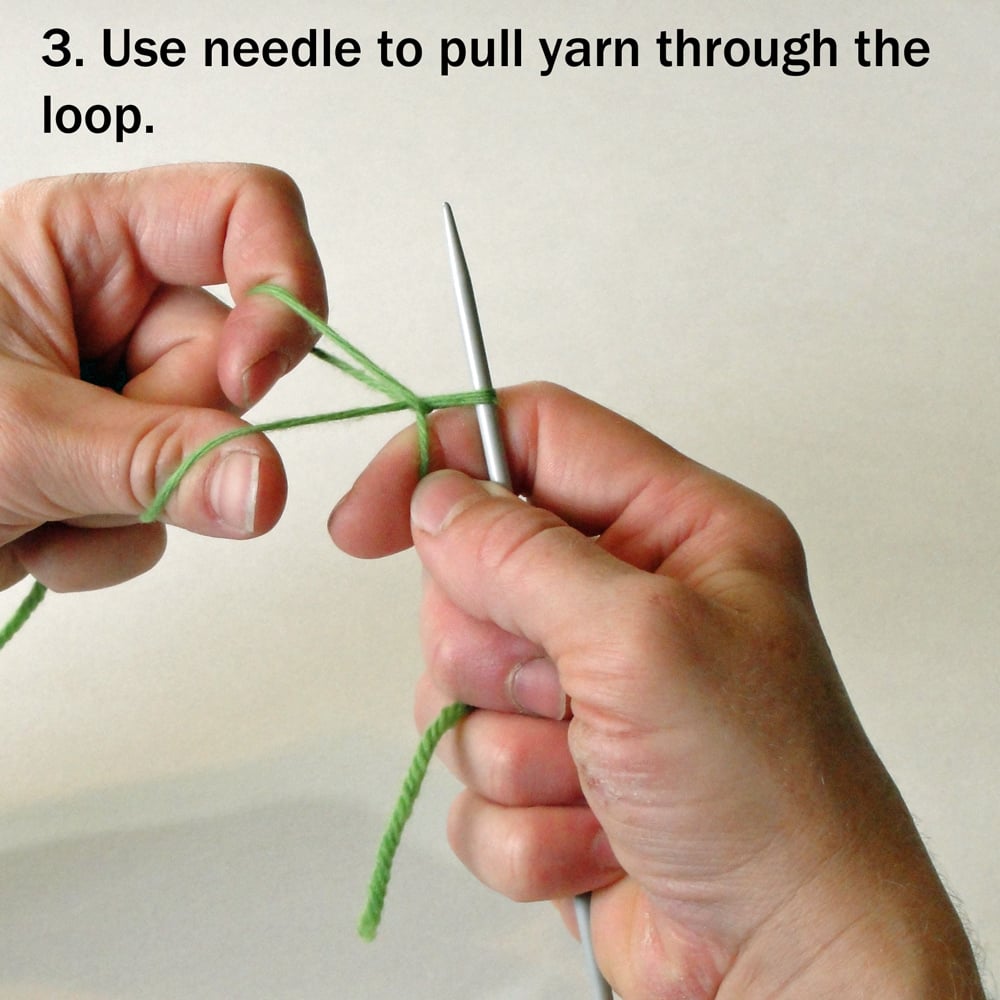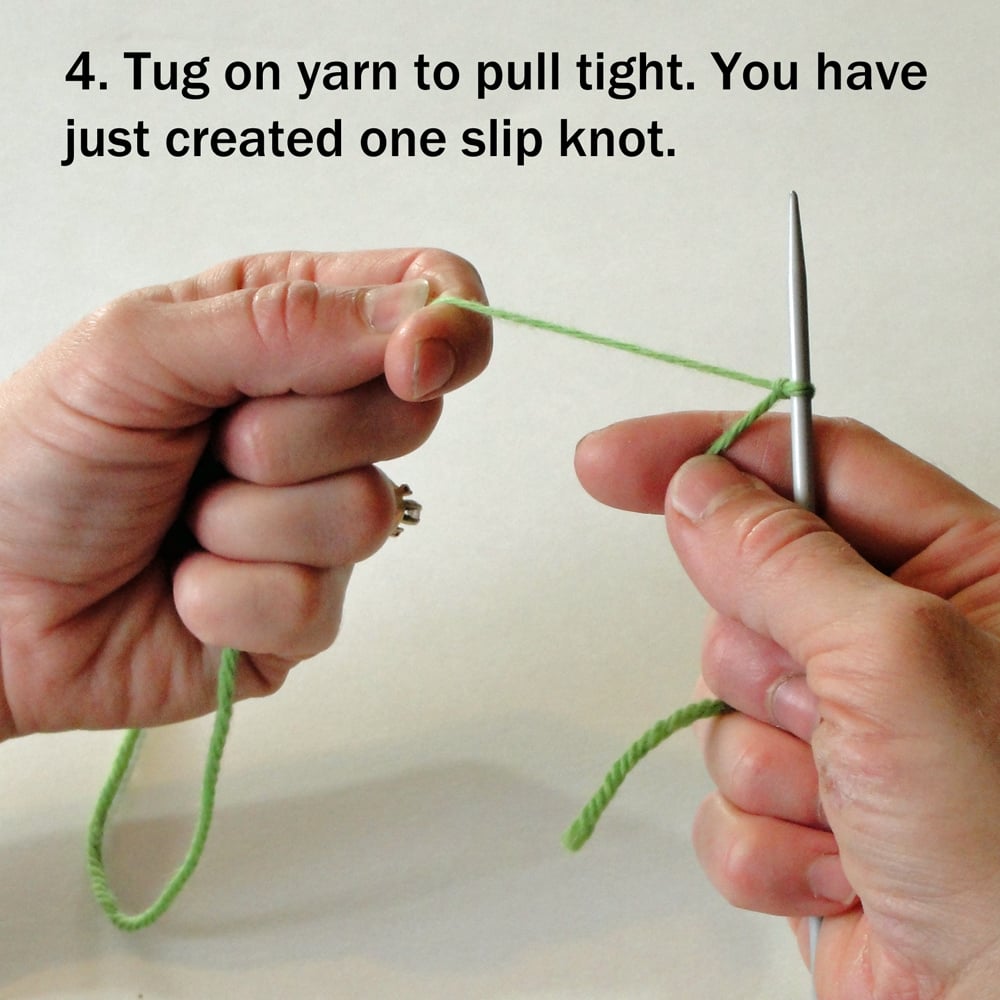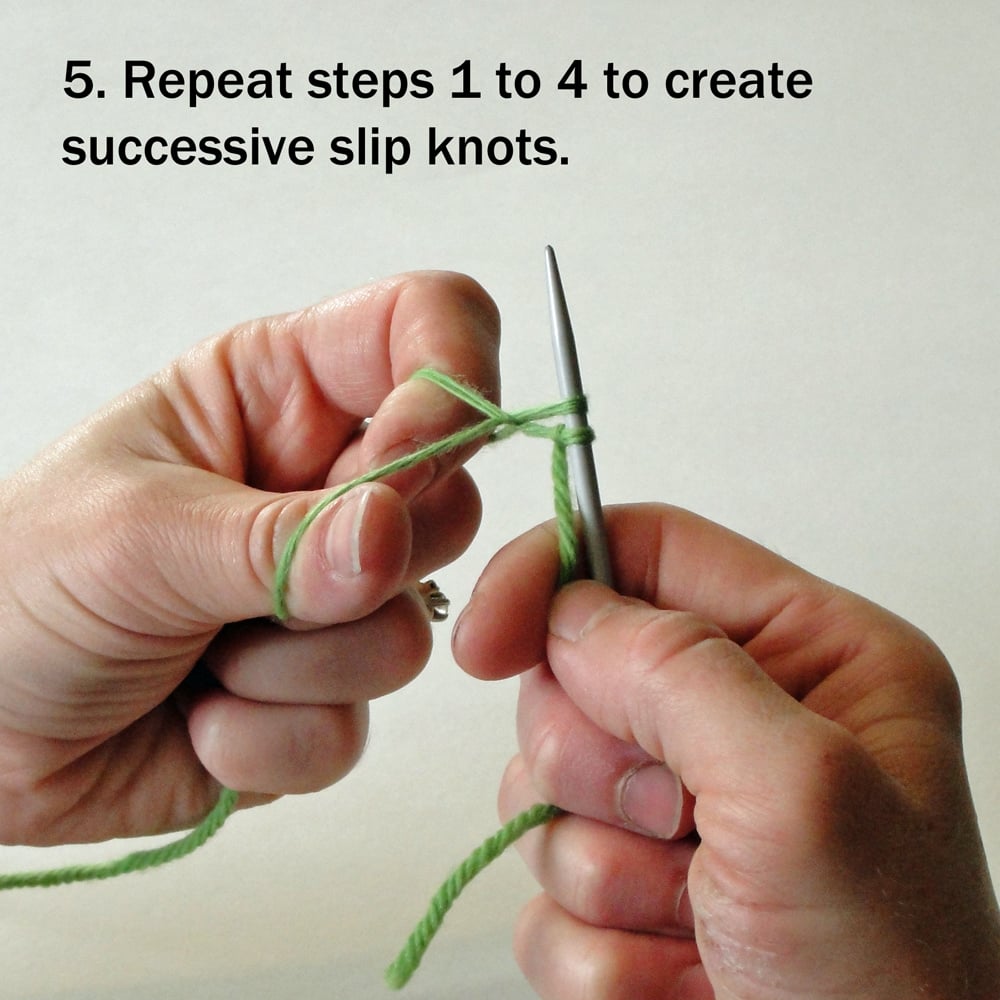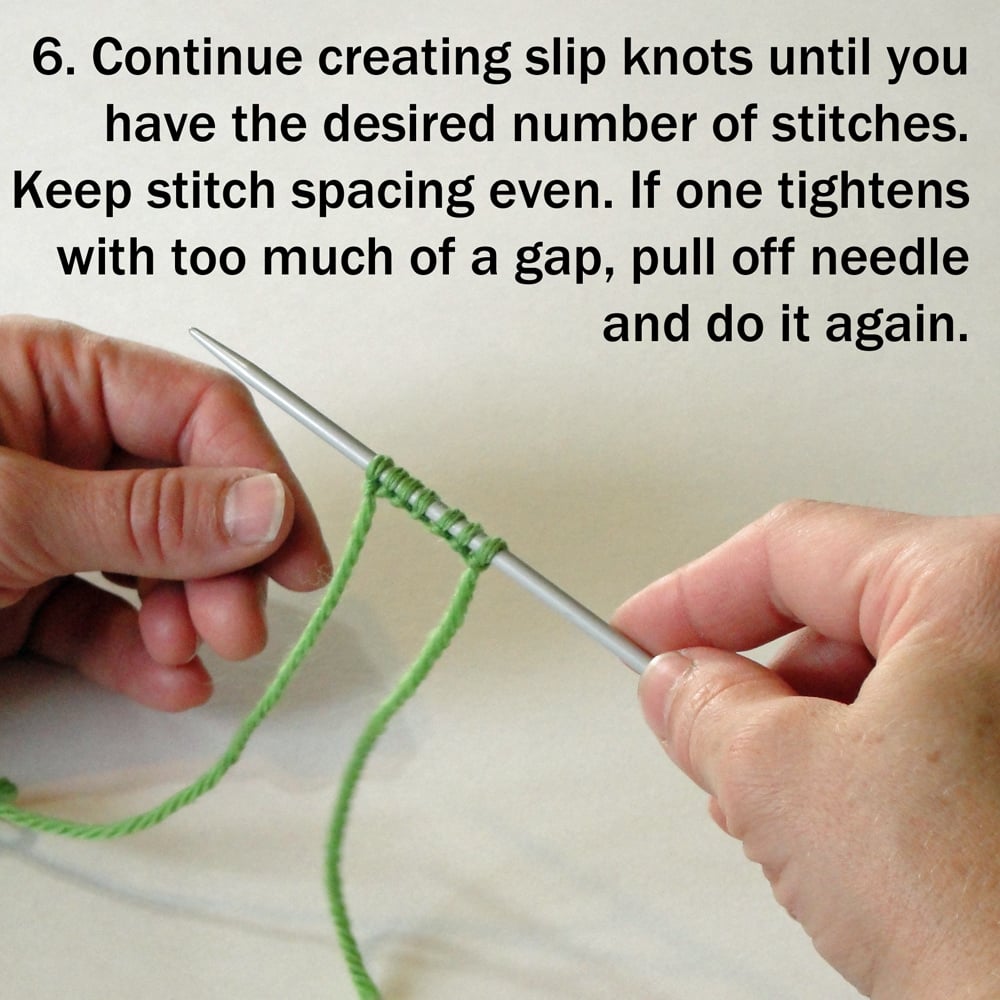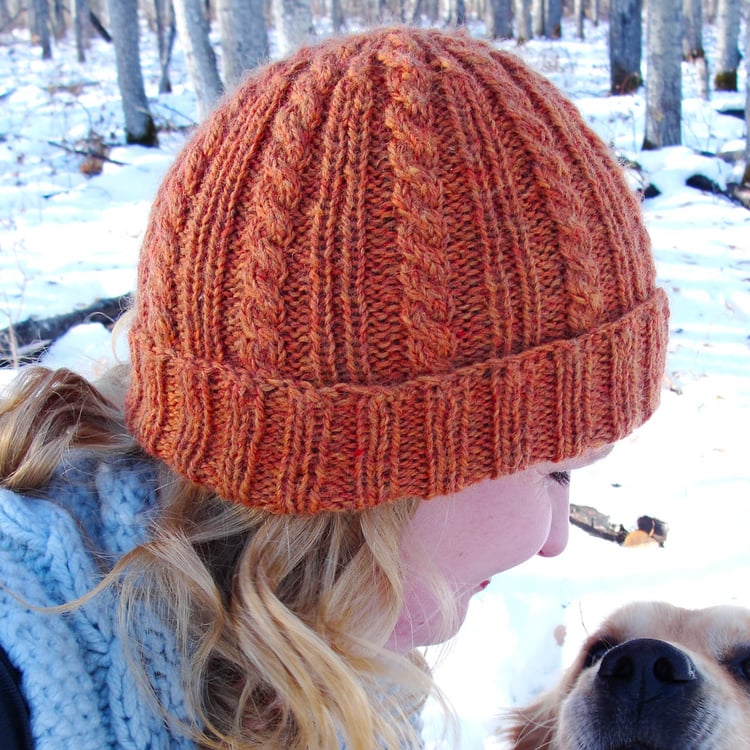
Super-Stretchy Cast On
An elastic cast on that’s ideal for ribbed edges.
When you're casting on for a project that needs a deeply stretchy edge, the solution is to use the Super-Stretchy Cast On. This slip-knot cast on is perfect for the brims of ribbed hats, mittens, gloves, socks, sweater hems, neck edges, and any other one-by-one ribbed edge in knitting. Check out my easy-to-follow tutorial and start casting on ribbed edges like a pro today!
Note:
- This cast on is amazing with a smooth yarn on any ribbed edge, but does not work well for nubby or boucle yarns.
- It works best on one-by-one rib, okay on two-by-two rib, and it’s not recommended for three-by-three or larger ribs.
This cast on was invented by Jeny Staimon, and is also known as Jeny’s Stretchy Slip-Knot Cast On. (Link goes to original video on YouTube.)
